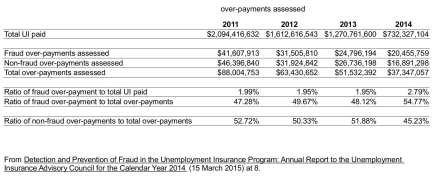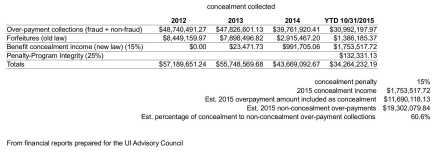NELP staffers have an editorial about being “Unemployed in America, and tired of waiting.” Some key points to pay special attention to:
With roughly one in four workers having suffered some loss of employment since March, Congress has responded with federal dollars to bolster inadequate state unemployment compensation and to cover millions of workers who are not normally eligible. But these new programs and benefits are being delivered through a crumbling infrastructure that is collapsing under the weight of worker demand.
Unemployment was originally designed to provide massive economic stimulus to millions of workers during a recession. So, this system was the go to choice for economic stimulus under the CARES Act. But:
[S]tates have transitioned from in-person to telephone to online claim-filing systems because there are less and less federal dollars for staff. Yet, at the same time, there is no substantial federal investment or strategy for states to automate their claims systems. The result has been a long list of botched system launches and rickety online applications that work only so long as jobless workers do not pose challenges or questions requiring live assistance. In many states, online systems are not mobile-responsive and thus are impenetrable for many, especially Black and Latinx workers, who are more likely to be smartphone-dependent and without broadband at home. Adding insult to injury is a federal emphasis on fraud prevention that has led some states to incorporate new filing obstacles and others to misidentify honest workers as criminals.
Wisconsin checks all of these boxes. So, the delays and problems thousands of people are experiencing are simply a signal of how the current system has been designed as a hurdle to overcome rather than a helping hand. As a result:
[W]e need a true federal investment in claims systems infrastructure, organized around the principle that every worker who loses a job has a right to easily access unemployment insurance, no matter what their background or in what state they live.




